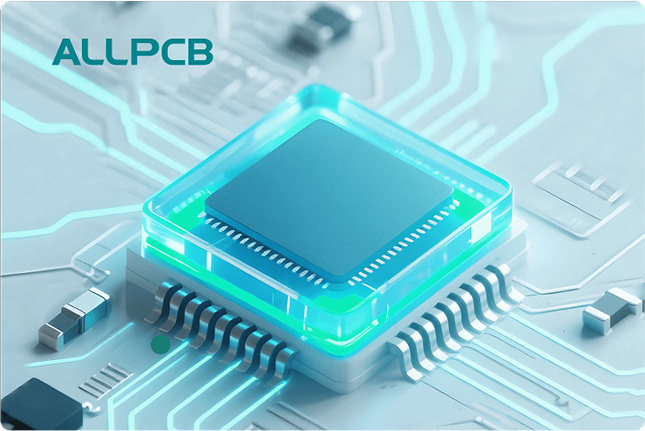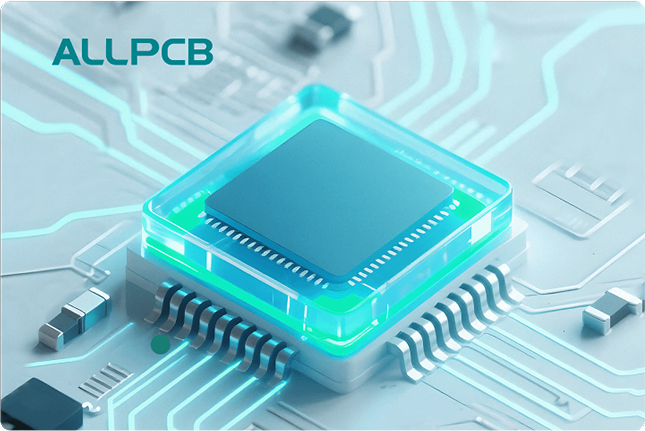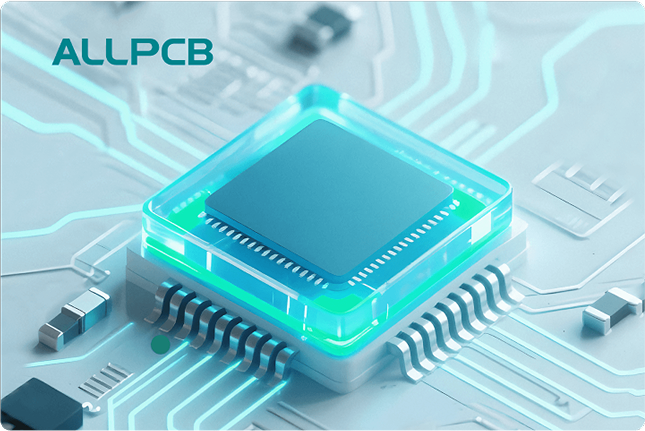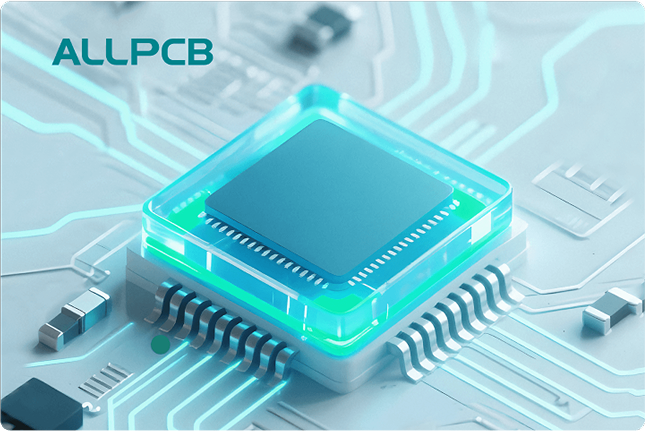Switch contact bounce is a common challenge in electronic design, causing multiple unintended signals when a switch is pressed or released. If you're an engineer looking to tackle this issue, you're in the right place. This guide will walk you through the essentials of switch debounce techniques, covering both hardware and software solutions. We'll explore practical methods like the switch debounce circuit, delve into switch bounce time considerations, and explain how to implement hardware debounce, software debounce, and RC filter debounce approaches.
Whether you're designing a simple microcontroller project or a complex industrial system, understanding how to eliminate switch bounce is critical for reliable operation. Let's dive into the details of these techniques, so you can apply them effectively in your next project.
What Is Switch Bounce and Why Does It Matter?
When you press a mechanical switch, the contacts don't make a clean, instantaneous connection. Instead, they bounce against each other for a brief period, creating multiple on-off transitions before settling into a stable state. This phenomenon, known as switch bounce, can last anywhere from 1 to 20 milliseconds, depending on the switch's quality and design. This short but problematic switch bounce time can trick a microcontroller or circuit into registering multiple inputs from a single press, leading to errors in your system.
For engineers, ignoring switch bounce isn't an option. In applications like keyboards, industrial controls, or consumer electronics, these false signals can cause malfunctions, such as double keypresses or erratic behavior. The solution lies in debounce techniques—methods to filter out these unwanted transitions and ensure only a single, clean signal is processed.
Understanding Switch Bounce Time
Switch bounce time refers to the duration during which a switch's contacts oscillate before stabilizing. This time varies based on the switch type and quality. For instance, low-cost tactile switches might have a bounce time of 5-10 milliseconds, while high-quality industrial switches could settle in under 2 milliseconds. Knowing the bounce time of your switch is crucial because it determines the parameters for your debounce solution.
To measure switch bounce time, you can use an oscilloscope to observe the signal transitions when the switch is pressed or released. Alternatively, datasheets for specific switches often provide this information. Once you have this value, you can design your debounce circuit or software algorithm to wait out the bounce period before registering a state change.
Hardware Debounce Techniques
Hardware debounce involves using physical components to filter out the noise caused by switch bounce. These solutions are often preferred in designs where software resources are limited or where a robust, standalone solution is needed. Let's look at some effective hardware debounce methods.
1. RC Filter Debounce
One of the most common hardware solutions is the RC filter debounce method, which uses a resistor-capacitor (RC) circuit to smooth out the rapid transitions caused by switch bounce. The capacitor charges and discharges through the resistor, creating a delay that effectively filters out short-duration bounces.
To design an RC filter debounce circuit, you'll need to select appropriate values for the resistor (R) and capacitor (C) based on the switch bounce time. A common starting point is a 10kΩ resistor and a 0.1μF capacitor, which creates a time constant (R x C) of about 1 millisecond. This means the circuit will take roughly 5 milliseconds (five time constants) to fully charge or discharge, which is often enough to cover typical bounce times.
The RC circuit is connected between the switch and the input pin of your microcontroller or logic gate. When the switch is pressed, the capacitor smooths out the voltage changes, preventing multiple triggers. While effective, keep in mind that this method introduces a small delay in response time due to the charging process.
2. Schmitt Trigger for Hardware Debounce
Another hardware debounce technique uses a Schmitt trigger, a type of comparator with hysteresis. Hysteresis means the trigger has different thresholds for rising and falling signals, which prevents it from reacting to small fluctuations caused by switch bounce.
You can implement a Schmitt trigger using a dedicated IC, such as the 74HC14, or build one with discrete components. When paired with an RC circuit, the Schmitt trigger provides a clean digital output, even if the input signal is noisy. This method is particularly useful in high-noise environments or when you need a fast, reliable response.
3. Dedicated Debounce ICs
For engineers seeking a plug-and-play solution, dedicated debounce ICs are available. These chips are designed specifically to handle switch bounce and often include adjustable timing parameters. While they are more expensive than an RC circuit, they save design time and board space, making them ideal for complex projects with multiple switches.
Software Debounce Techniques
Software debounce is a popular alternative to hardware solutions, especially when using microcontrollers. It involves writing code to ignore the rapid state changes caused by switch bounce, typically by implementing a delay or counter mechanism. Software debounce is cost-effective since it doesn't require additional components, but it does consume processing resources.
1. Simple Delay Method
The simplest software debounce method is to introduce a delay after detecting a switch state change. For example, when your code detects a button press, it waits for a fixed period (e.g., 10 milliseconds) before checking the switch state again. If the state remains the same, the input is considered valid.
Here's a basic example in pseudo-code for a microcontroller:
if (buttonState == HIGH) {
delay(10); // Wait for 10ms to pass bounce time
if (buttonState == HIGH) {
// Process the button press
}
}
This method is easy to implement but has a drawback: the delay blocks other operations, which can be problematic in time-sensitive applications.
2. Counter-Based Debounce
A more advanced software debounce technique uses a counter to track how long the switch has been in a particular state. The code continuously reads the switch input and increments a counter if the state remains consistent. Once the counter reaches a threshold (corresponding to the switch bounce time), the state is accepted as valid.
This approach is non-blocking and more efficient than a simple delay. It can be implemented in a loop or interrupt-driven system, making it suitable for multitasking environments.
Comparing Hardware vs. Software Debounce
Choosing between hardware and software debounce depends on your project's requirements. Let's break down the pros and cons of each approach to help you decide.
- Hardware Debounce
- Pros: Doesn't consume microcontroller resources, works independently of software, and is reliable in noisy environments.
- Cons: Requires additional components, increases cost, and takes up board space.
- Software Debounce
- Pros: Cost-effective with no extra hardware needed, highly customizable through code.
- Cons: Uses processing power, may introduce latency, and requires careful coding to avoid bugs.
For small projects with a single switch, software debounce might be the way to go. However, in systems with multiple switches or where microcontroller resources are limited, hardware solutions like an RC filter debounce circuit are often more practical.
Practical Tips for Implementing Switch Debounce
Regardless of the method you choose, here are some actionable tips to ensure success:
- Know Your Switch: Always check the switch bounce time in the datasheet or measure it with an oscilloscope. This data will guide your debounce design.
- Test Under Real Conditions: Environmental factors like vibration or temperature can affect switch behavior. Test your debounce solution in the actual operating environment.
- Optimize RC Values: If using an RC filter debounce, experiment with different resistor and capacitor values to find the sweet spot between response time and bounce elimination. For example, increasing the capacitor to 1μF with a 10kΩ resistor extends the time constant to 10 milliseconds, which may be necessary for particularly bouncy switches.
- Combine Methods: In critical applications, consider combining hardware and software debounce for extra reliability. For instance, use an RC circuit for basic filtering and a software counter for final validation.
- Minimize Resource Use: In software debounce, avoid long delays that block other tasks. Use interrupts or timers to keep the system responsive.
Common Mistakes to Avoid
Even experienced engineers can make errors when implementing debounce techniques. Here are some pitfalls to watch out for:
- Underestimating Bounce Time: Setting a debounce period shorter than the actual switch bounce time can lead to false readings. Always err on the side of caution and add a safety margin (e.g., set a 15ms delay for a 10ms bounce time).
- Overloading Software: Relying solely on software debounce in a system with many switches can strain the microcontroller, causing delays or missed inputs.
- Ignoring Noise: Switch bounce isn't the only source of noise. Electrical interference can mimic bounce, so ensure your circuit design includes proper grounding and shielding.
Advanced Considerations for Switch Debounce Circuits
For engineers working on high-performance or specialized applications, additional factors come into play. If you're designing for low-power systems, consider the current draw of hardware debounce circuits. An RC filter, for instance, continuously draws a small amount of current through the resistor, which might be unacceptable in battery-powered devices. In such cases, software debounce or a low-power IC might be a better fit.
In high-speed systems, the delay introduced by debounce methods can be a bottleneck. If your application requires a response time under 1 millisecond, opt for a high-quality switch with minimal bounce or use a fast-acting Schmitt trigger circuit.
Finally, for systems with multiple switches, consider multiplexing inputs to reduce the number of debounce circuits or software routines needed. This can save both hardware resources and coding effort while maintaining reliability.
Conclusion
Switch bounce may seem like a minor issue, but it can wreak havoc on electronic systems if not addressed. By understanding switch bounce time and applying the right debounce techniques—whether through a switch debounce circuit, RC filter debounce, hardware debounce, or software debounce—you can ensure reliable operation in your designs.
This guide has covered the essentials, from the basics of switch bounce to practical implementation tips for both hardware and software solutions. Armed with this knowledge, you're ready to tackle switch bounce in your next project with confidence. Remember to test your solution thoroughly and tailor it to your specific application for the best results.
At ALLPCB, we’re committed to supporting engineers with resources and tools for successful electronic designs. Keep exploring innovative solutions, and let us help you bring your ideas to life with precision and efficiency.
 ALLPCB
ALLPCB







